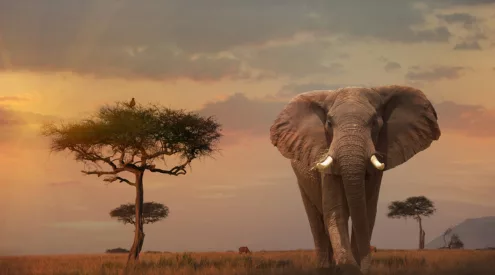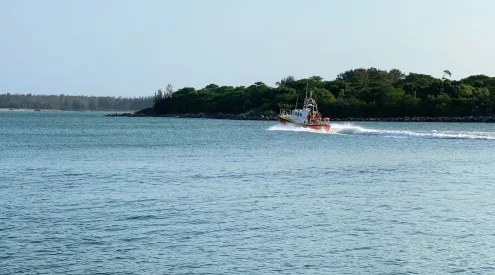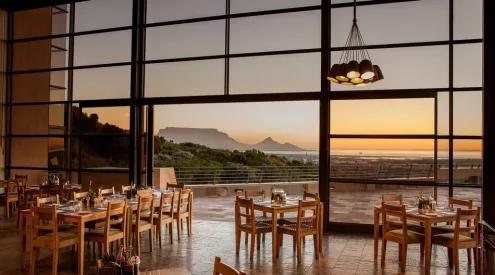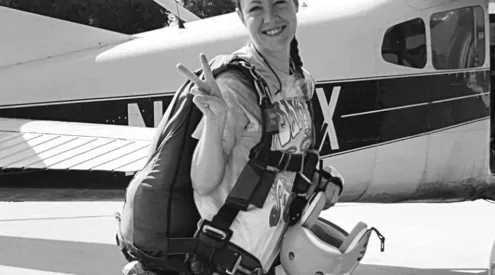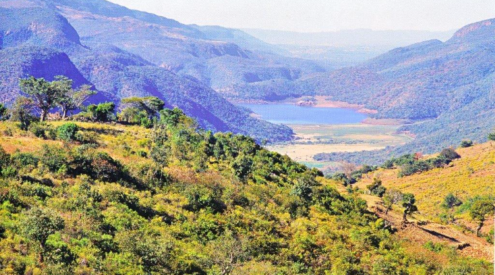According to a new paper, ancient cave painters may have used hypoxia to achieve a “transformative nature” in their art.
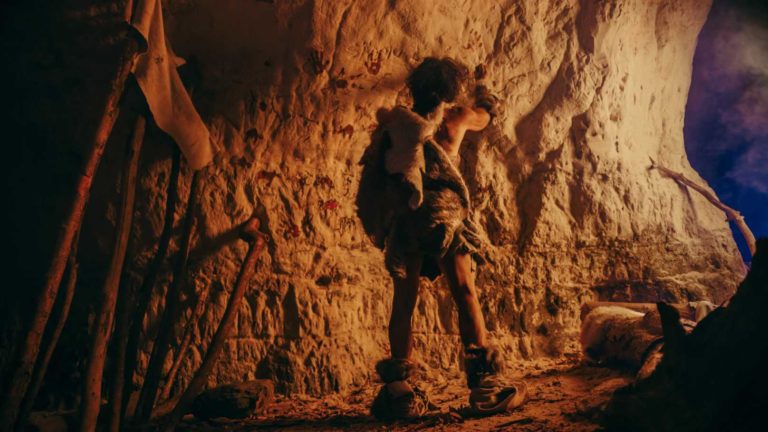
Picture: gorodenkoff/Getty images
Archaeologist Yafit Kedar from Tel-Aviv University in Israel posits that the lack of natural light sources and air in the cave chambers may have pushed these prehistoric painters into a hypoxic, trancelike state that induced inspiration. Kedar suggests, “The cave environment was conceived as both a liminal space and an ontological arena, allowing early humans to maintain their connectedness with the cosmos.”
Modern visitors to these caves have reported experiencing euphoria, visions, and out-of-body sensations when viewing the artwork.
The paper also suggests that this may not be the only example of people inducing an oxygen-starved state for transcendence. A 2006 study hypothesized that hypoxia may have been the source of the trances that the Delphic oracles used to extract their visions. Plutarch had written that these oracles inhaled sweet noxious fumes from the ground beneath the temple, which may have been nothing more miraculous than carbon dioxide and methane filling a poorly ventilated space.
The computer models that Kedar and her colleagues created reveal that oxygen levels in some painted caves can drop to 18 percent in just 15 minutes, with some models falling to 11 percent. Hypoxia is likely at oxygen levels below 14.5%. The deeper a painter went with their torch, the more extreme was the loss of oxygen. Some of Kedar’s models of deep caverns found just 9 percent oxygen, the lower survivability limit. Kedar hopes to validate the modeled outcomes by measuring oxygen levels in existing painted caves.
The paper concludes, “It was not the decoration that rendered the caves significant; rather, the significance of the chosen caves was the reason for their decoration.” Considering the likelihood of hypoxic conditions inside caves, it may be that the promise of a transcendent experience drove the painters deep into the ground rather than any inherent meaning attached to the caves.
Follow us on social media for more travel news, inspiration, and guides. You can also tag us to be featured.
TikTok | Instagram | Facebook | Twitter
ALSO READ: Owl Rescue SA is coming to BBC Earth on 11 March



